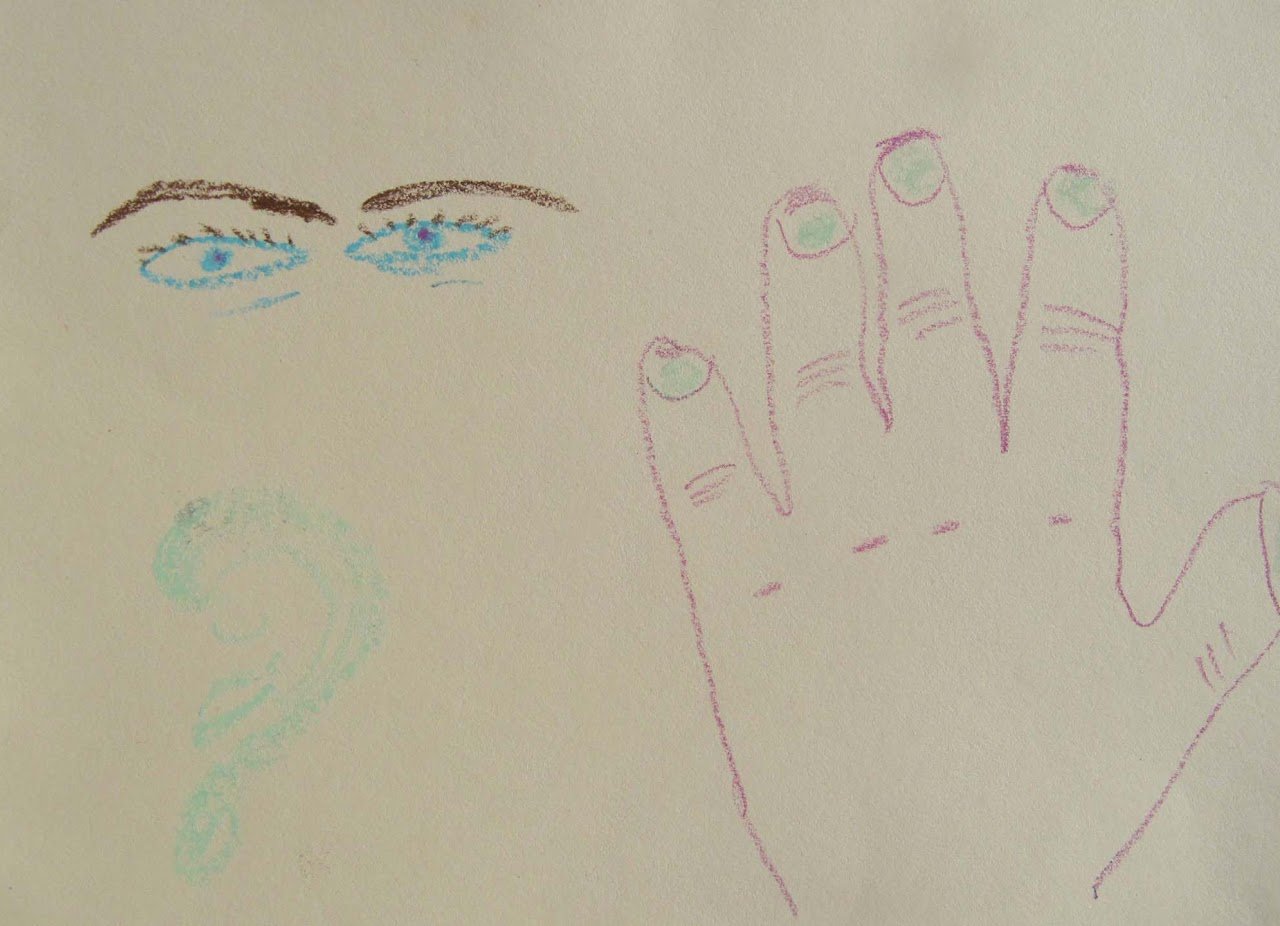Patients as teachers through the arts
Artist residency at the Brooklea Health Centre, Bristol GP practice, 2006-2009
Dr Catherine Lamont-Robinson:
Louise Younie and her GP Colleague Johnny Wood welcomed me with a generosity of spirit and an expectation that certain patients may thrive in hands-on creative sessions.
As a facilitator, the joy of receiving a blank canvas with no assumptions provided the opportunity to deeply develop participatory arts and health practices in step with diverse patients who had taken a leap of faith themselves.
In time patients grew to accept their emerging artist-identity. A number of artist participants then became co-researchers and collaborators in workshops, presentations and publications addressing the role of Creative Arts and Health.
Louise and I collaborated to develop medical education units around ‘Patients as our Teachers’ and continue to draw on the images and perspectives generously shared by these groups which have, in turn, impacted positively upon medical student reflection and understanding. These group sessions potentially contribute to insightful ‘ways of being’ alongside others facing health challenges of all kinds. As a facilitator amongst patient-artists, it is an enormous privilege to observe unique creative engagements in-the moment.
Sometimes dialogue would ensue between patient and future doctor through the medium of the arts:
Linda’s image
was of a heart,
a ‘listening ear’
and a smile -
‘just one smile
is enough - that
may be the only smile that patient will
get all day!’
On hearing the positive impact of this authentic, human response - one of the students spontaneously fashioned a smile in clay for me to return to this patient-artist.
One painting which always captures attention was created by a participant on her first day at the Creative Arts for Health sessions: Lorna pointed to the source of the dynamic flow in her painting and said – ‘I am that little spec of blue in the corner’.
Hilary described the symbolism behind her image:
A hand – to represent touch, not physical touch, but feelings, the hope that the doctor would have compassion for their patients.
Eyes – to read behind the surface of the patients’ narrative and allow the deeper stories to unfold
An ear – to listen, to recognise that medication can affect everyone differently.
Dr Louise Younie:
Catherine decided to ask the patients ‘what would you like to say to your future doctors’ as she was seeing both groups in the same day. Catherine describes the silence as patients descended into deep concentration, crayon on page. This was clearly an important and empowering question for this patient group to be asked. A series of images and reflections were subsequently shared, which since then, Catherine has brought and relayed to a variety of our student groups. Students were either invited to, or spontaneously responded (as part of their reflective journal, poetry writing or final assessment) to some of the ideas captured by these images.
…There was a particular painting by a patient that consistently caught my eye. It was of a small, dark explosion in the corner with radiating hues of blues, yellows and browns that appeared to signify life going on around the little outburst, which was the patient themselves. I took inspiration from this painting and wanted mine to reflect the style of that patients’ (hence the explosive nature of my background) so that I was, in a way connecting with them. Even though I have never met them, I feel as though their painting gives me just the slightest of insights into their life, and I respect them immensely for being willing to try to express their situation, and allowing me to have just the smallest of peeks into their
experiences of life... (Sophie Swinhoe, 2nd year Medical Student, 2011) (Younie, 2014)
Another student writes in a text called ‘Finding the pain’(Mcdonnell, 2011):
Site Onset Character Radiation Associations Timing Exacerbations Severity
I found the theme of what is unseen by doctors fascinating in this week’s session. The patient artwork* … the rich tapestry covered by the curtain of depression, the speck of blue amongst the tumult of colours…
You feel as if your being taught to see more in lectures, to make new connections and think of the many possibilities to reach the diagnosis but perhaps this is not the case, perhaps I see less now. Again one of the patient artworks brought this home to me - when they drew what they wanted from a doctor, they drew a hand. When I see a patient and I look at their hands I’m looking for clubbing, I’m checking for capillary refill time, nicotine stains and any other clinical clues – I’m not looking for personality and reassurance and comfort like patients are when they have a doctor examine them or even shake their hand.
Maybe we as doctors should see more like this, I’m so taken up with lists of questions to ask and signs to look for that when I see a patient I doubt I see with the kind of penetrating eyes that the patients drew for doctors, that could see what was left unsaid... A new mnemonic…
Sight Openness Care Rapport Attention Time Empathy Silence…
Further Reading:
MCDONNELL, C. Finding the pain. Outofourheads. CREATIVE ARTS STUDENT SELECTED COMPONENT: https://outofourheads.net/2011/11/01/finding-the-pain/
YOUNIE, L. Arts-based inquiry and a clinician educator's journey of discovery. In: C.L.MCLEAN (Ed.). Creative Arts in Humane Medicine. Edmonton: Brush Education Inc., 2014.




